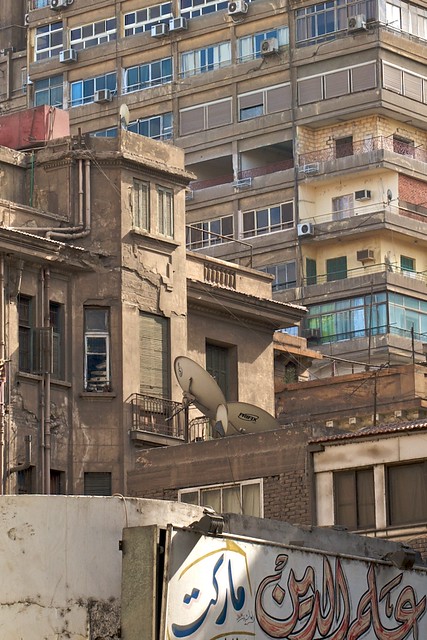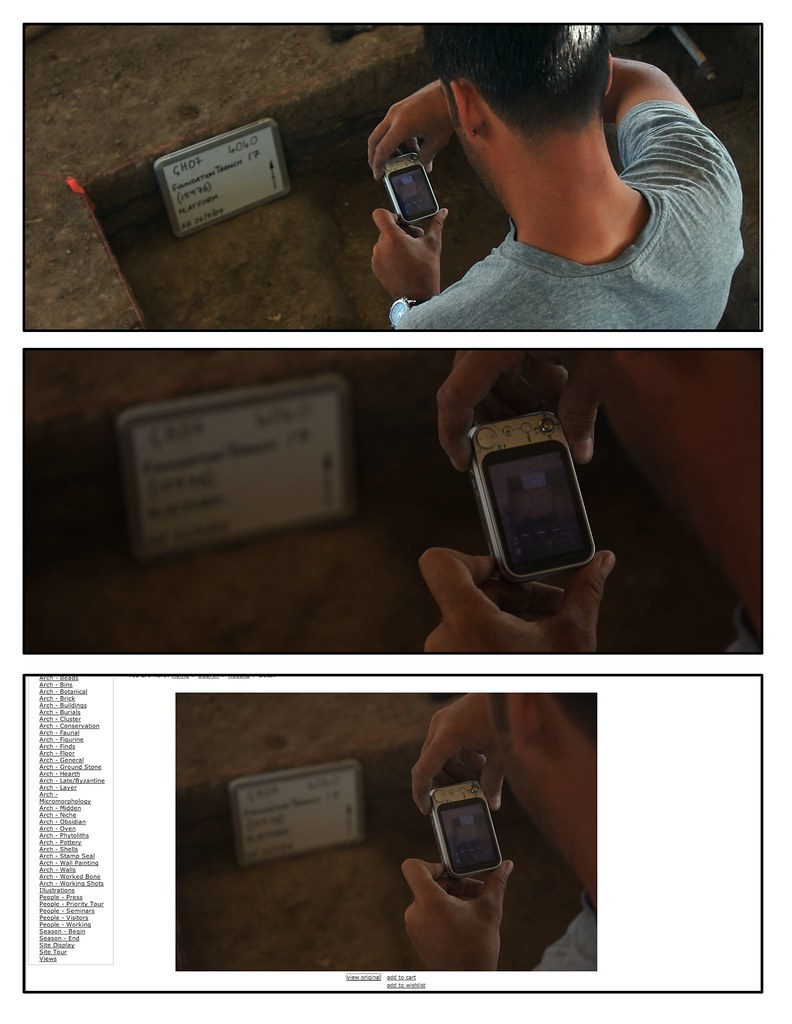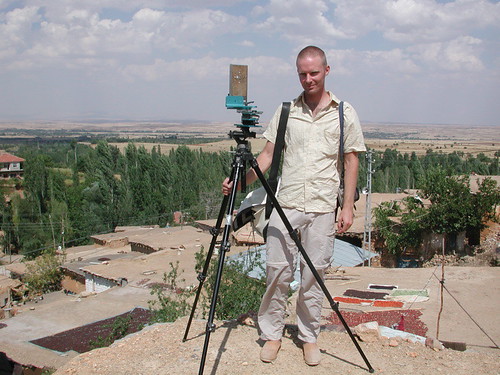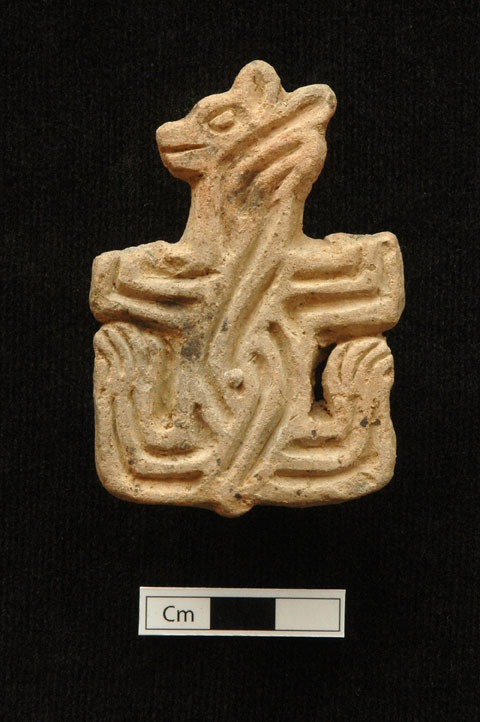
After coming across friend and colleague Colleen Morgan's post about artifact photo scales, I thought I'd throw in my two cents on the subject.
Scales in archaeological photography are an ongoing curiosity for me. As necessary as they are to give a sense of size to the photos' subject, it so often appears that little attention is given to their proportion and composition in the photograph. It's as if a larger and more dominant scale is meant to give the image more scientific weight and credibility. But to me, photos taken in this matter reflect a lack of care and attention to detail, that ends up distracting from the artifact's representation. Maybe my photographic eye is being too hyper-critical, but I would say a little extra attention to the details of scale size and placement can make a big difference in how the arifact photo is viewed and appreciated down the line.
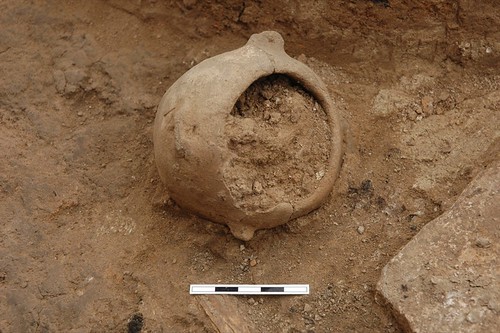
To help in this endeavor, here's a scale template I've made in Adobe Illustrator which you can print out on photo paper and cut out for use.
Download: Scales.pdf


